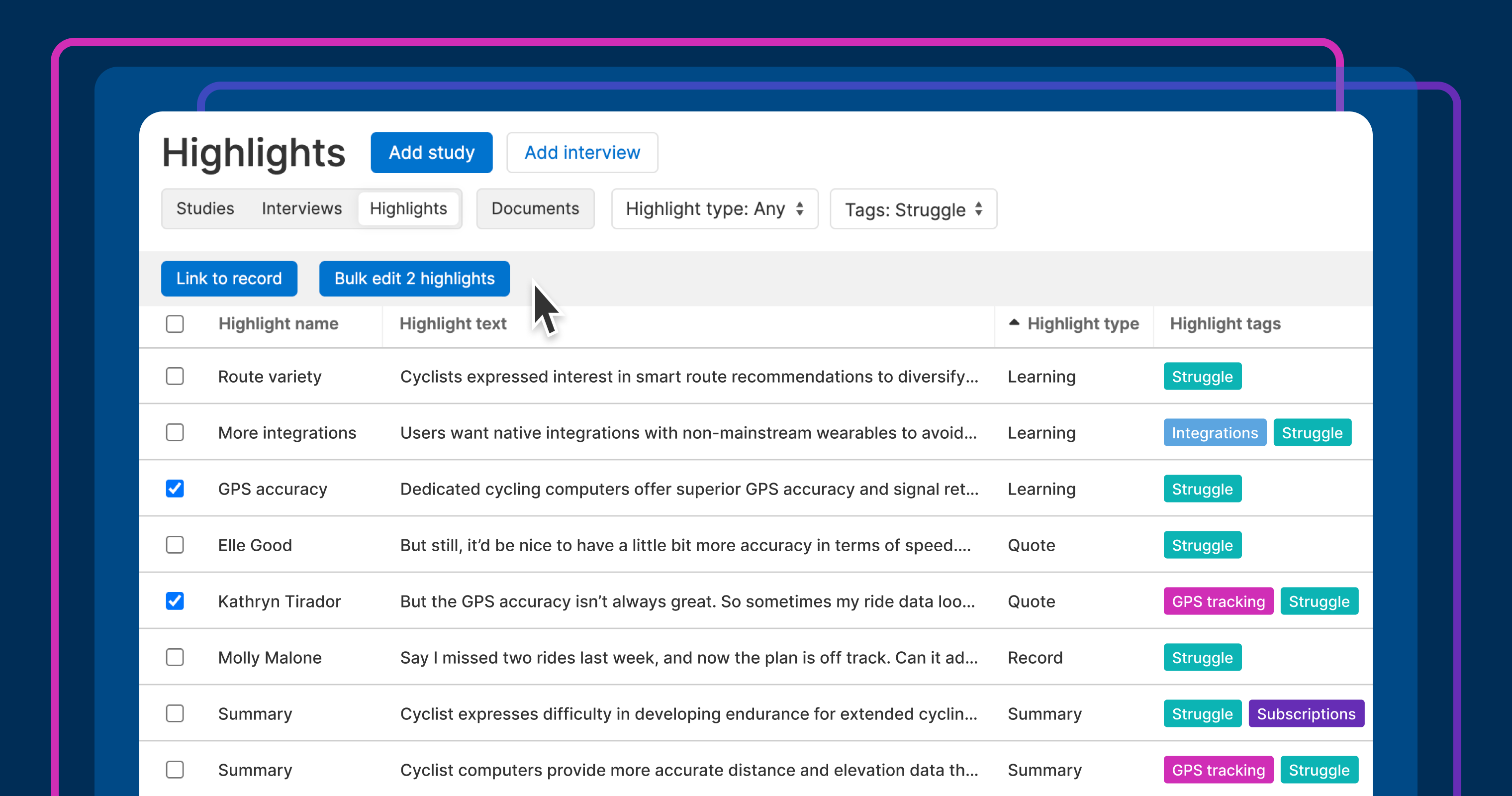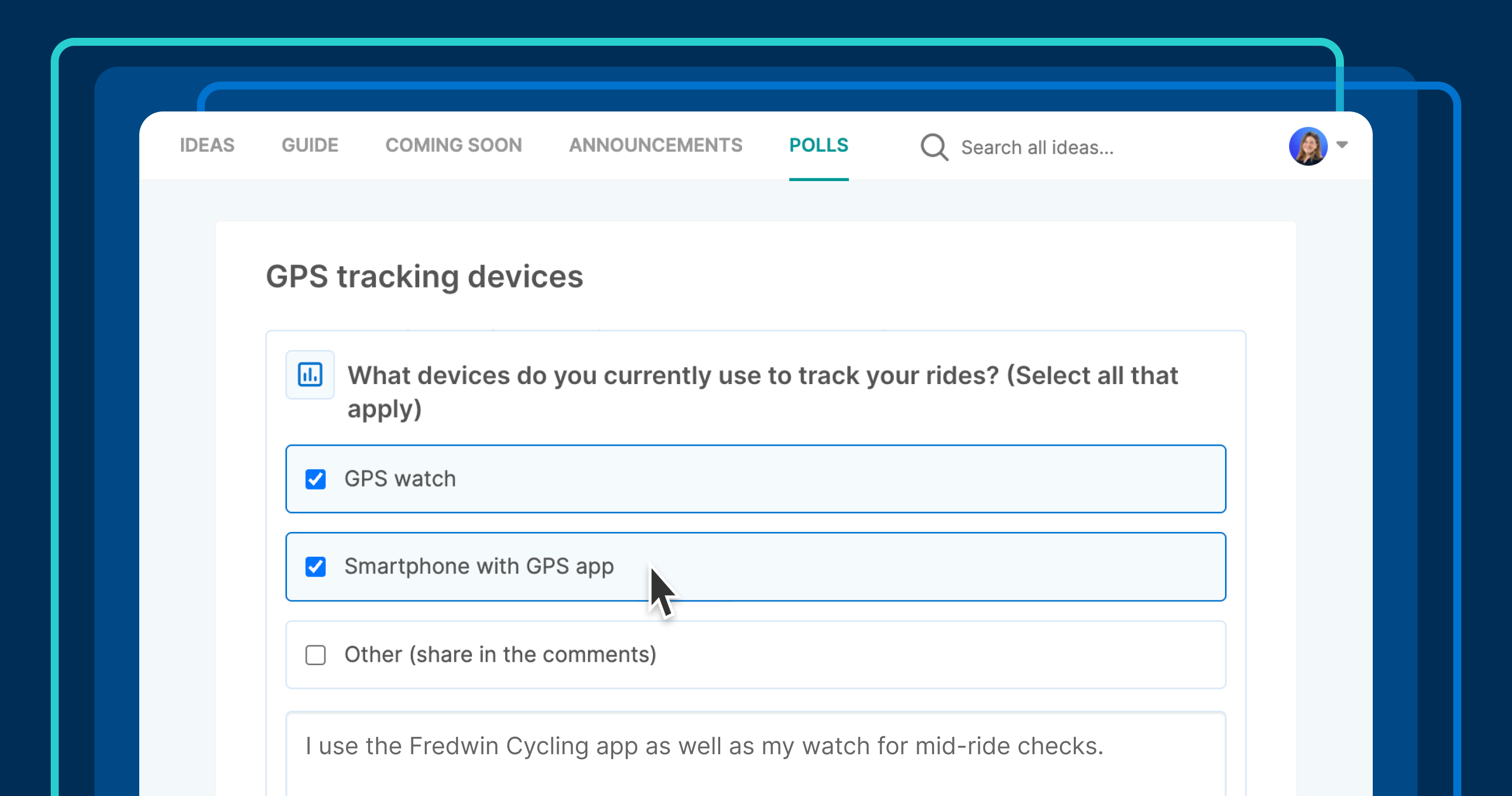Top Indicators to Watch for Fundamental Traders
In the fast-paced world of financial markets, Fundamental news trading has become a preferred strategy for traders who rely on real-time economic and geopolitical news to make swift trading decisions. If you're serious about trading based on news and economic fundamentals, then understanding the top indicators that drive price action is essential. In this article, we at AlphaFeed, your trusted source for real-time financial insights, will walk you through the most important indicators every fundamental trader should master.

What is Fundamental News Trading?
Before diving into the indicators, let’s define the strategy. Fundamental news trading is a technique where traders base their decisions on news releases, economic reports, central bank announcements, and geopolitical events. These fundamentals can dramatically shift market sentiment, causing rapid movements in currencies, stocks, commodities, and indices.
AlphaFeed specializes in delivering actionable trading news that helps traders anticipate such movements with speed and accuracy.
Why Are Indicators Crucial in Fundamental Trading?
While the news itself provides context, economic indicators are the backbone of Fundamental news trading. These statistics allow traders to measure the health of an economy and predict how central banks or institutional investors might react. The right interpretation of these indicators can mean the difference between a profitable trade and a missed opportunity.
1. Gross Domestic Product (GDP)
GDP is the most comprehensive measure of economic activity. A rising GDP generally signals a strong economy, encouraging investment and strengthening the local currency. Conversely, a shrinking GDP can signal recession and currency weakness.
For example, a stronger-than-expected U.S. GDP release often results in a bullish USD, especially against other currencies with weaker economic performance.
2. Inflation Data (CPI and PPI)
Inflation indicators, particularly the Consumer Price Index (CPI) and Producer Price Index (PPI), are critical. They influence central bank decisions about interest rates. High inflation often leads to rate hikes, which can boost a currency, while low inflation may prompt rate cuts.
Traders using Fundamental news trading strategies often monitor these releases closely on platforms like AlphaFeed, which offer instant alerts and impact analysis.
3. Interest Rate Decisions
Interest rate announcements from central banks like the Federal Reserve, ECB, or Bank of England are among the most market-moving events. Changes in rates or even hawkish/dovish tones in the accompanying statements can send currencies and stocks soaring or tumbling.
AlphaFeed gives users real-time updates from central bank press conferences, giving them an edge in this highly reactive market segment.
4. Employment Reports (Non-Farm Payrolls)
The U.S. Non-Farm Payroll (NFP) report is perhaps the most anticipated monthly data release in the Forex world. A strong NFP report may lead to a bullish dollar and rising stock prices. Weak data may have the opposite effect.
Traders practicing Fundamental news trading often see this report as a short-term catalyst and a long-term economic indicator.
5. Retail Sales Figures
Retail sales data reflects consumer spending, which accounts for a significant portion of GDP. Rising retail sales can point to economic strength, while declining sales may indicate a potential slowdown.
Smart traders watch not just the numbers, but the trend over several months. AlphaFeed’s economic calendar highlights such trends for deeper insights.
6. Consumer Confidence Index (CCI)
This measures how optimistic or pessimistic consumers are about the economy. High consumer confidence can lead to increased spending, while low confidence usually results in caution and lower spending.
In Fundamental news trading, sudden changes in CCI can shift market sentiment rapidly.
7. Trade Balance Data
A country’s trade balance (exports minus imports) can affect its currency. A surplus supports currency value, while a deficit can pressure it downward.
For example, a widening trade deficit in the U.S. might weaken the USD, especially if paired with weak manufacturing or GDP data.
8. Manufacturing and Services PMIs
Purchasing Managers' Index (PMI) for manufacturing and services indicates business activity levels. Readings above 50 show expansion; below 50 signals contraction.
PMI releases can move markets sharply, especially when the readings differ significantly from forecasts. Traders on AlphaFeed are instantly alerted when PMIs break expectations.
9. Geopolitical Events and News Shocks
Elections, wars, natural disasters, and trade disputes fall into this category. Unlike scheduled economic releases, these are unpredictable and require immediate reaction.
AlphaFeed’s AI-powered alerts notify users when major geopolitical developments break, giving traders the fastest route to react with accuracy.
10. Central Bank Commentary
Often, it's not the rate decision itself but the language used by central banks that moves markets. Hawkish tones suggest tightening, while dovish tones suggest easing.
Reading between the lines of a central bank speech is a skill developed over time—but with help from tools like AlphaFeed, even novice traders can gain a clearer understanding of market sentiment.
Bonus Tip: Use a News-Driven Platform Like AlphaFeed
Navigating the world of Fundamental news trading is much easier when you have the right tools. AlphaFeed offers:
-
Instant alerts on high-impact news
-
In-depth indicator analysis
-
AI predictions on possible market outcomes
-
A clean interface to track multiple markets in real-time
When timing is everything, you need speed—and that’s exactly what AlphaFeed delivers.
Conclusion:
Mastering Fundamental news trading is about more than just reacting to headlines. It’s about understanding the deeper economic trends, interpreting indicators, and staying one step ahead of the crowd. The indicators discussed here—from GDP and interest rates to geopolitical events—form the foundation of any strong fundamental strategy.











































































































![Building A Digital PR Strategy: 10 Essential Steps for Beginners [With Examples]](https://buzzsumo.com/wp-content/uploads/2023/09/Building-A-Digital-PR-Strategy-10-Essential-Steps-for-Beginners-With-Examples-bblog-masthead.jpg)












































